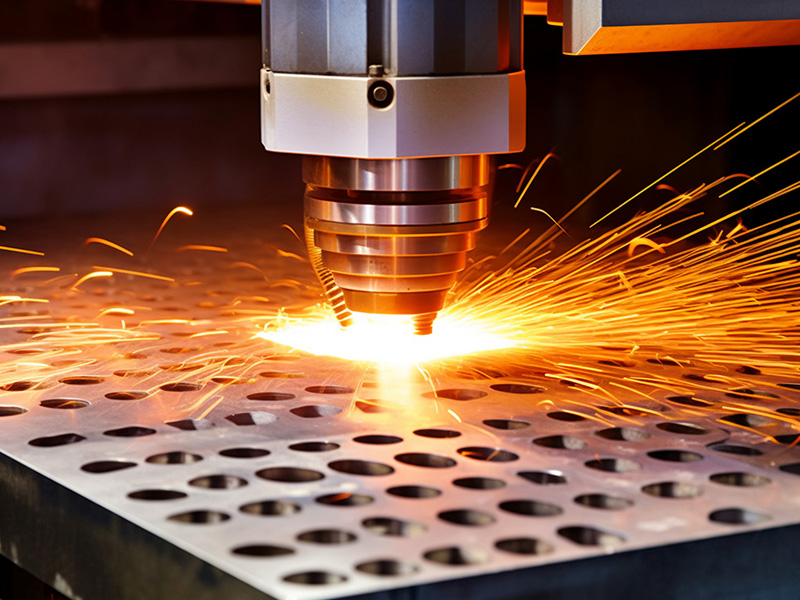
Because this is the mold manufacturing segment in the industry, which has every intention of increasing in day-to-day lead times, especially with respect to time reduction in mold making , it’s become more of a competitive advantage to focus on lead time reduction. In whichever industry you are providing parts, be it automotive, consumer electronics, or even aerospace, the time taken from inception to delivery of the product plays a big role in gaining competitive superiority of your firm. This article will provide an insight on the factors to consider in order to lessen the lead time and yet maintain the good quality of the mold that is produced.
1. Make use of CAD/CAM Automation to Reduce Timeline to Production
The use of advanced CAD (Computer-Aided Design) and CAM (Computer-Aided Manufacturing) software is another important way useful for wireframe elimination. With these tools, designers can now develop a detailed building block of the mold, and experiments on different shape combinations interfaces, putting everything in order even before the mold is physically built. This will therefore help the company to prevent mistakes and/or make unnecessary corrections to the structure after it has been constructed, which as a result, will hinder the schedule.

2. Apply Rapid Prototyping
In comparison with traditional approaches to creating molds, rapid prototyping technologies, such as 3D modeling, enable manufacturers to significantly reduce the amount of time spent creating mold samples. Projects that incorporate the use of resin or plastic in the fabrication of physical prototypes enable manufacturers to test the product in its early stages before committing to large-scale production. This technique reduces extensive redesigns which would in the end consume more time than anticipated.
3. Choose Pre-Hardened Steel/ Aluminum
Sometimes, lead times can be reduced by careful selection of the materials so that less processing is done. For instance, the alternative use of pre-hardened steel or aluminum minimizes the need for heating procedures which are often lengthy during the production of molds. These materials will not always have the same longevity as standard steel but would be suitable for production runs or prototypes which require faster completion than tool lifespan.
4. Hold Down Supply Chain Management
Efficient supply chain management is another crucial approach to reducing lead times in mold making. Check that your suppliers are reliable when it comes to timely delivery and consider adopting just-in-time inventory systems to eliminate inventory stockouts caused by ordering raw materials or parts and waiting for their delivery. Furthermore, establishing contacts with local suppliers can decrease lead times due to shipping.
5. Utilize Automation
Technologies such as the CNC Machining and robotic arms reducing lead time for mold making considerably. When factories deploy workers to automaton for processes such as milling, grinding or drilling, the factories reduce lead time while increasing precision. Quality assured molds do not require inspections for meeting quality standards as malpractices of lengthy schedules are defied by automating inspection procedures.
6. Adopt Concurrent Engineering
Concurrently designing, prototyping and producing a product/s also is termed as concurrent engineering which means tasks overlap. Close co-operation with designers and engineers at the early stages of a venture helps to eliminate the areas that would have caused problems in the other endeavors. This way also, there is less design change scope that is through anger about accommodating this shift, speeding up the completion of the whole project.
7. Invest in Skilled Workforce
With the right depth of experience within the team, such a lead time can be greatly reduced. Mold makers and designers have a way of spotting problem areas in the processes, fix such problems, and maximize the production in a more effective way. Allocating resources towards constant learning and development of the employees will, therefore, help your company as they invest in more modern methods and aspects that will assist in the production.
8. Timely Repair and Maintenance of Tools
Equipment downtime due to its failure is one of the many reasons for the postponement of projects. There are effective plans for the maintenance of the machine parts which are involved in the process of mold making. In this way, it is ensured that tools & other supporting aggregates remain in good working condition always. There are lower chances of unexpected breakdowns occurring that may increase lead times and interrupt production.
For one to achieve a reduction of lead times when it comes to mold manufacturing, it warrants radical progress in technology, efficient methods of working, and most importantly, competent people. Strategies such as CAD/CAM design optimization, achieving rapid prototyping, more efficient supply chain management, and automating what can be automated will allow manufacturers to complete a mold within a reasonably shorter time than it takes currently. In the end, this work will assist your organizations in being competitive, satisfy the customers, and produce quality products faster than before.